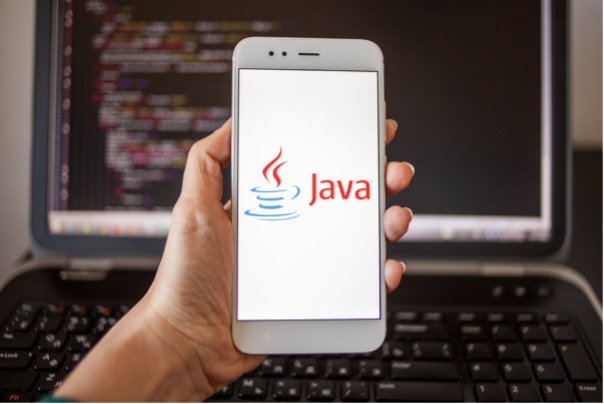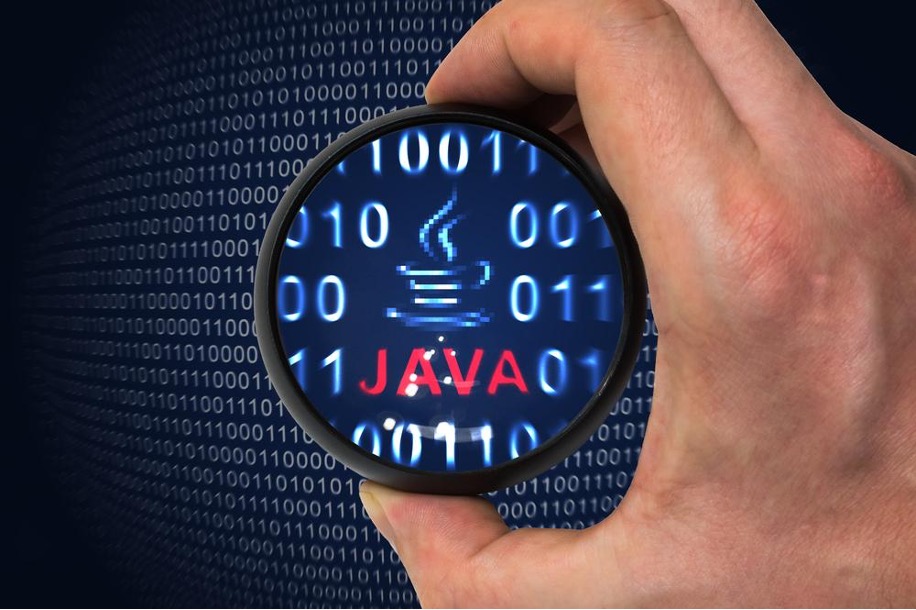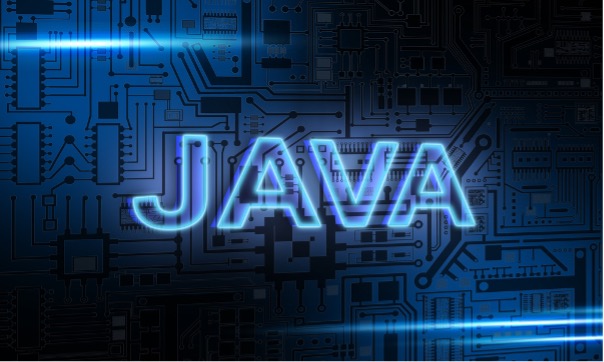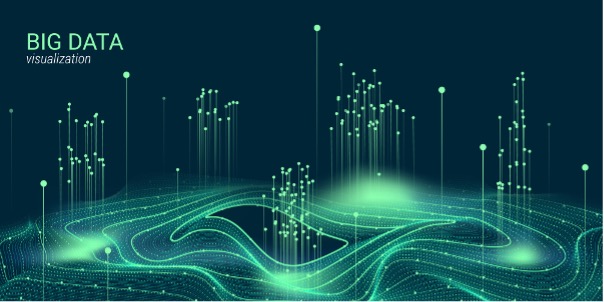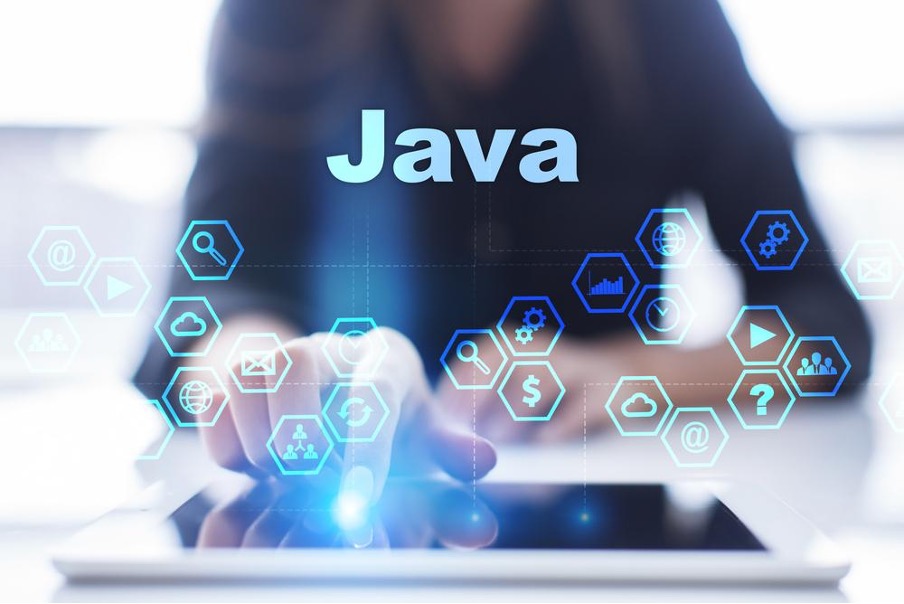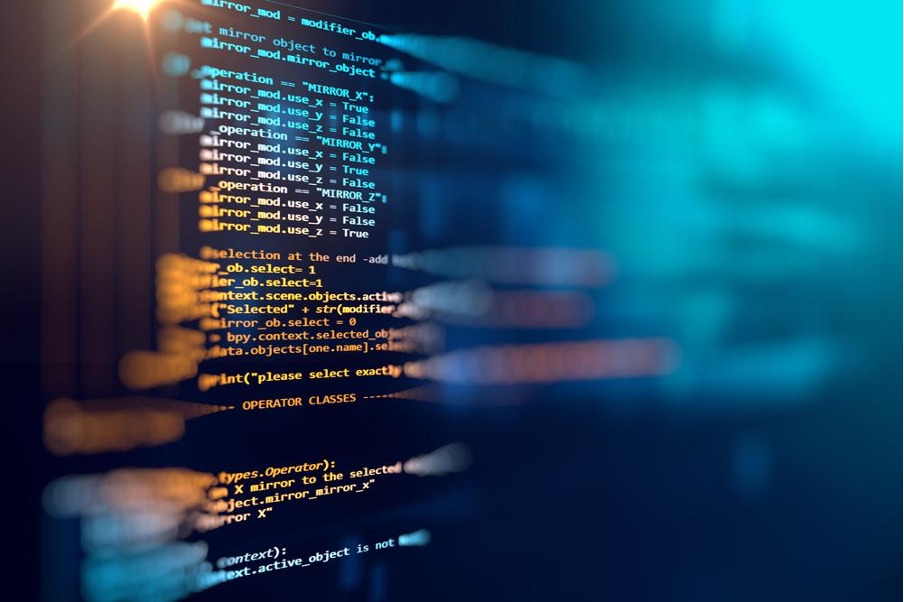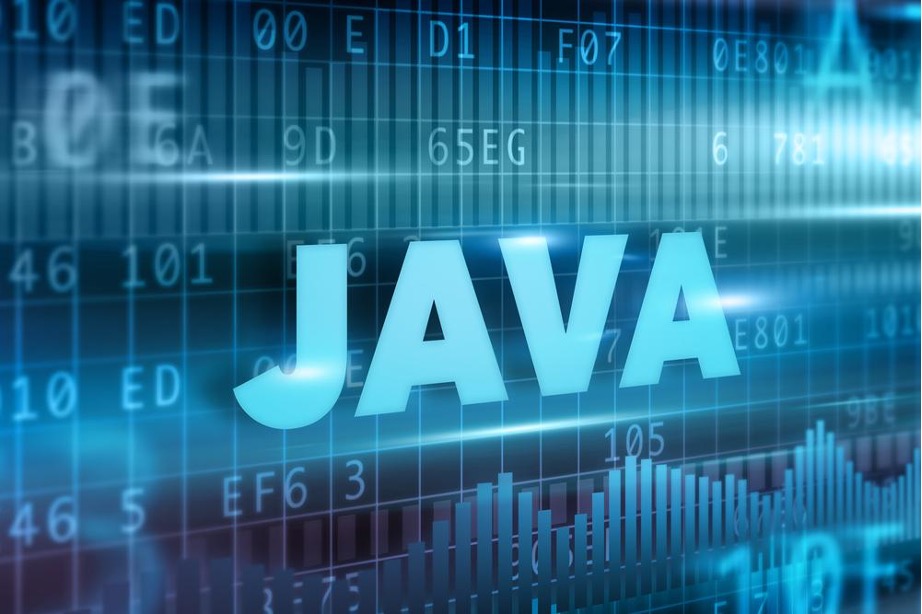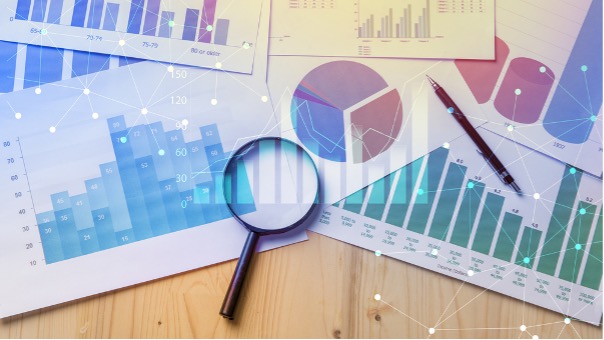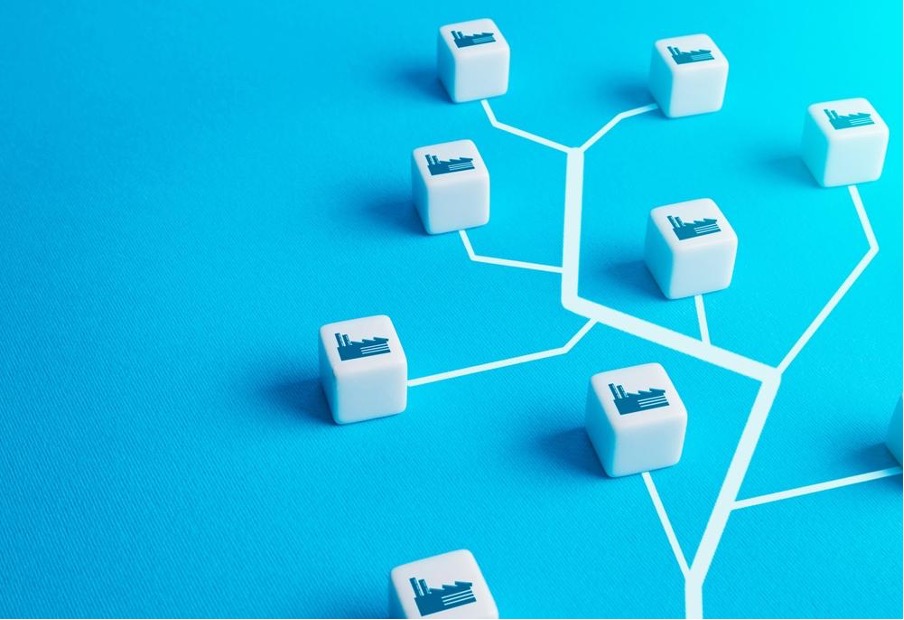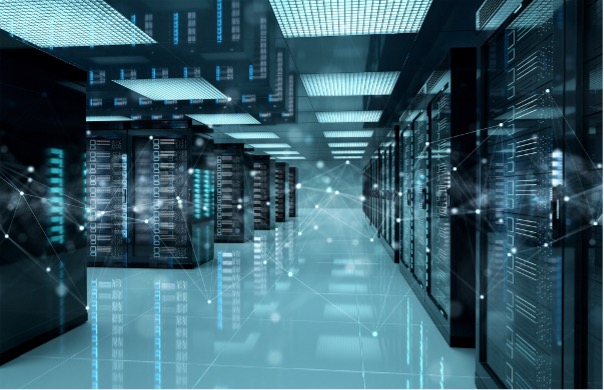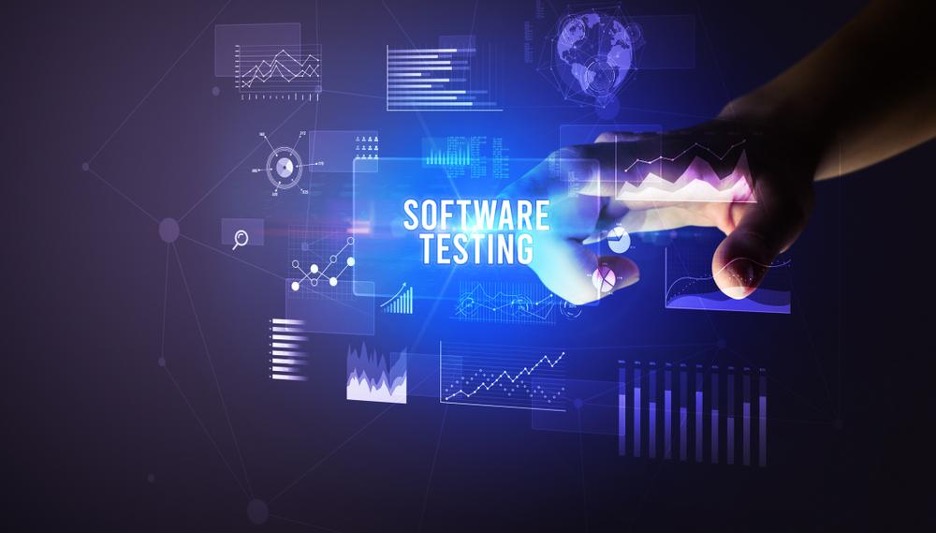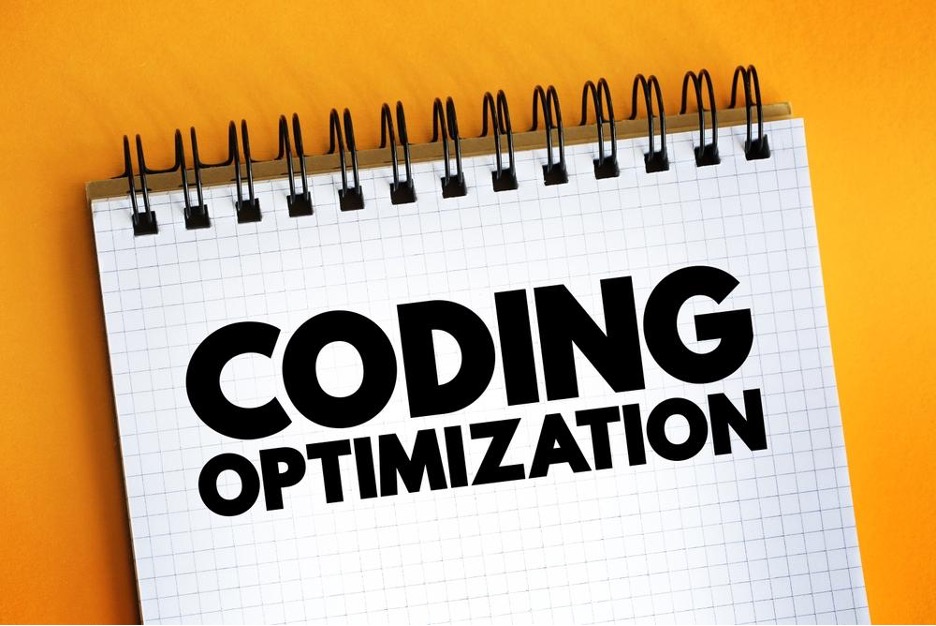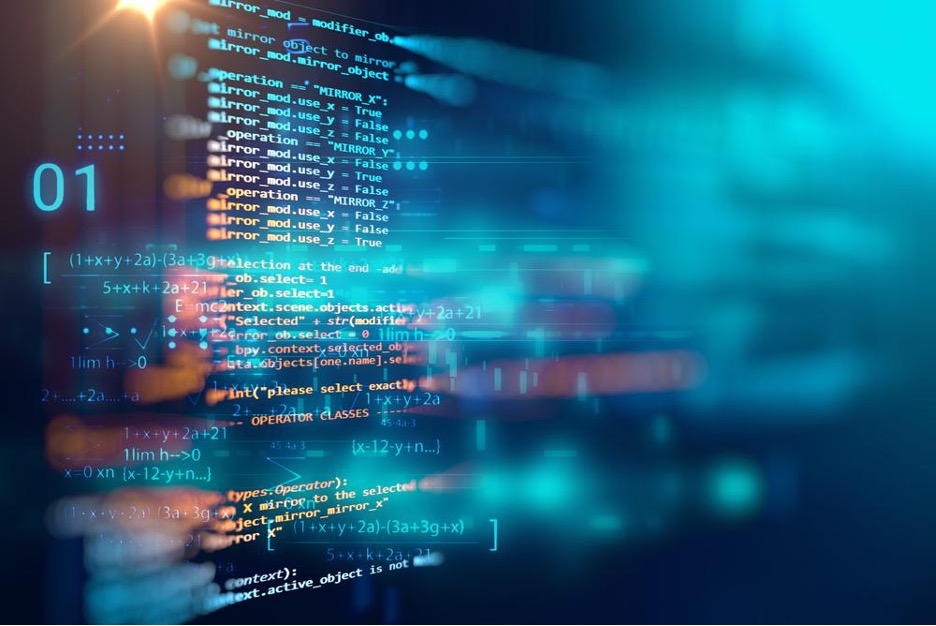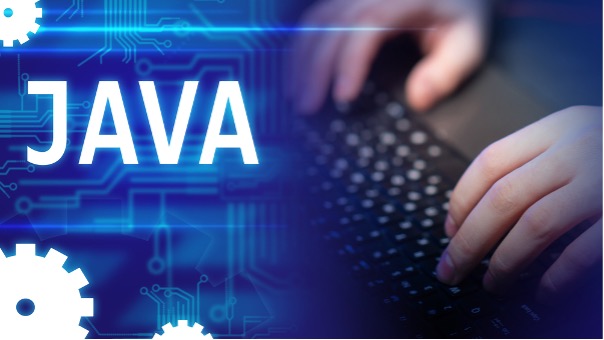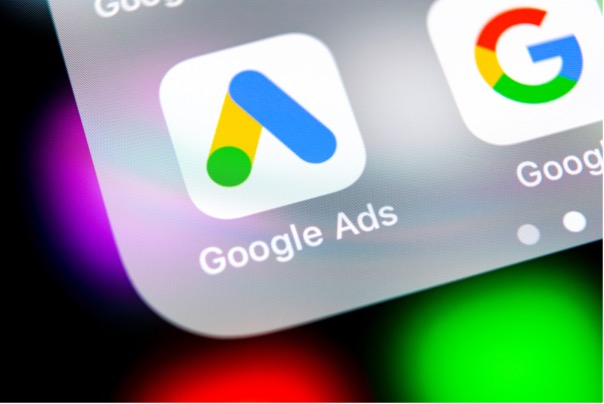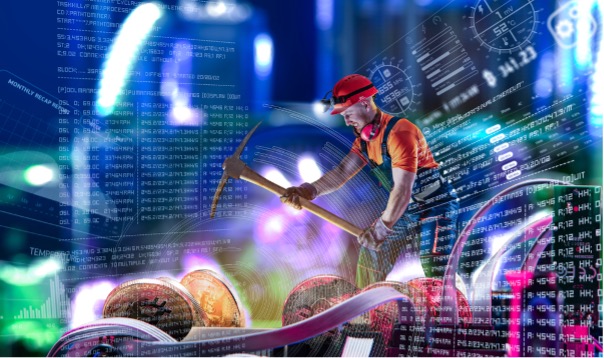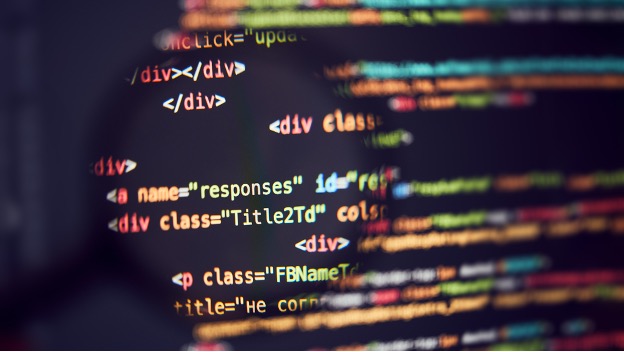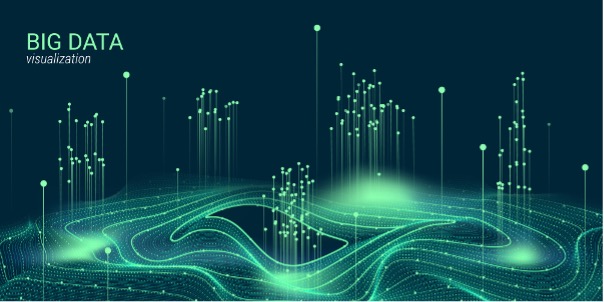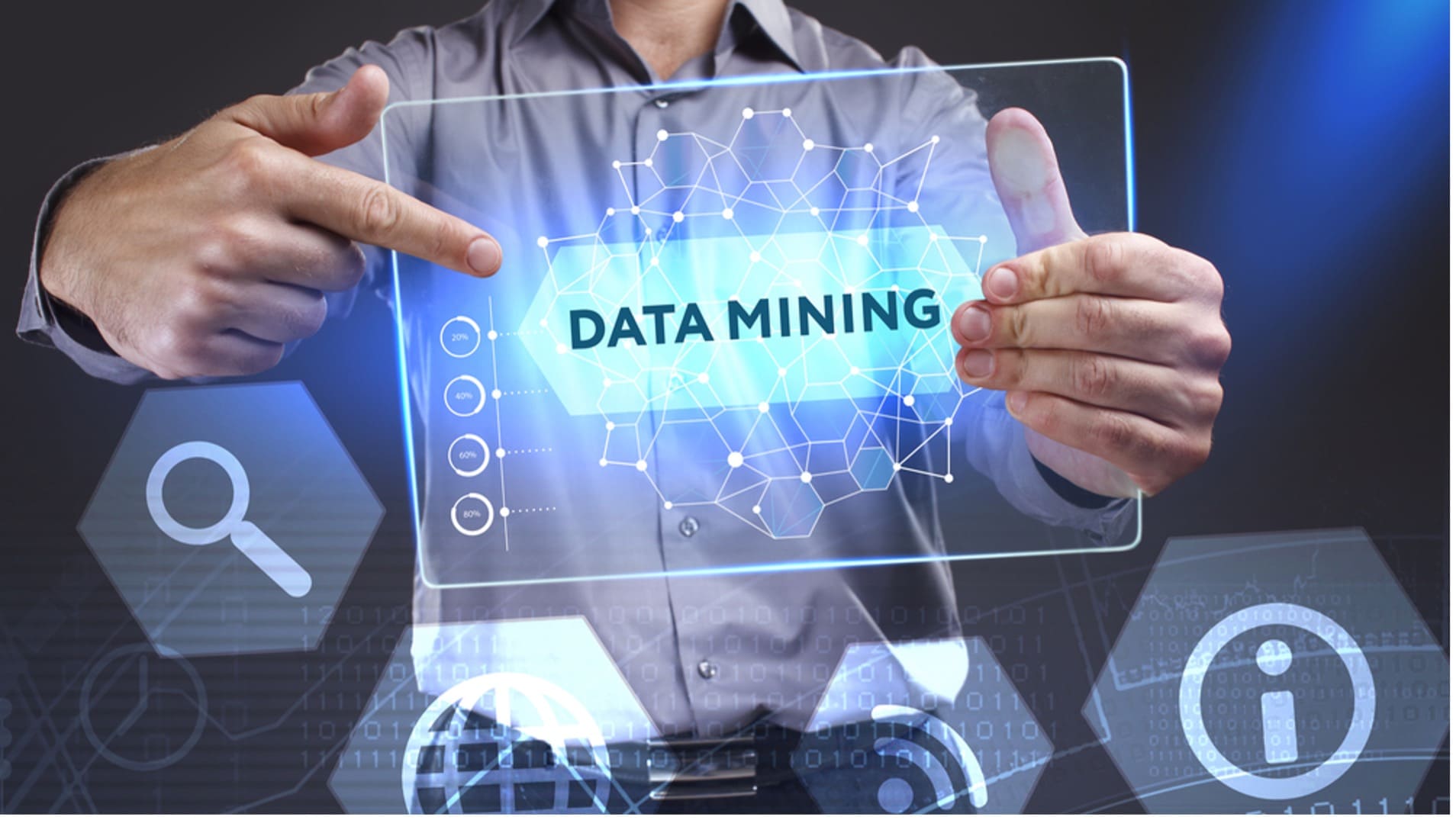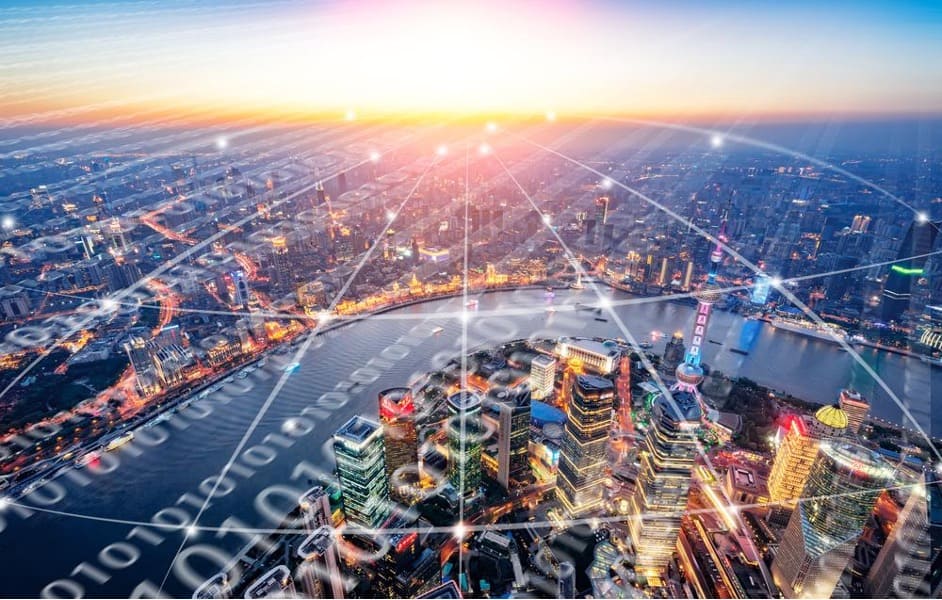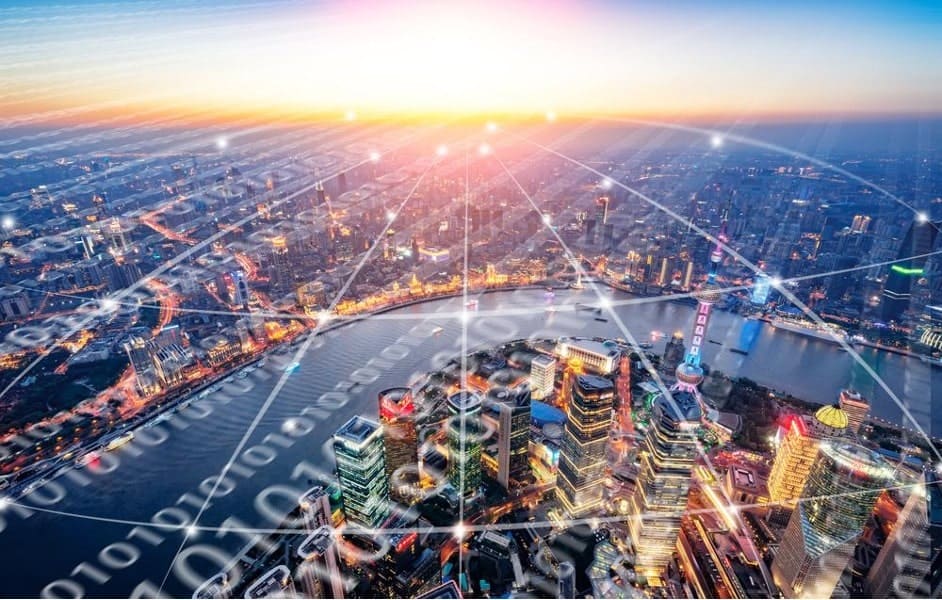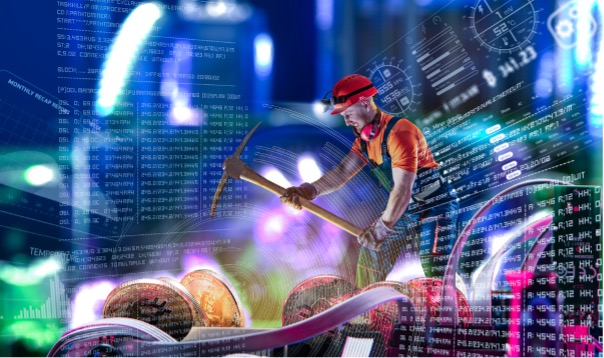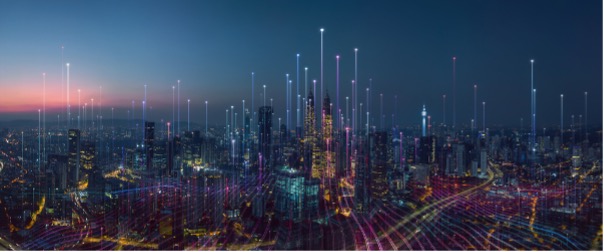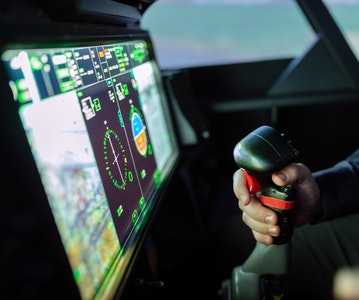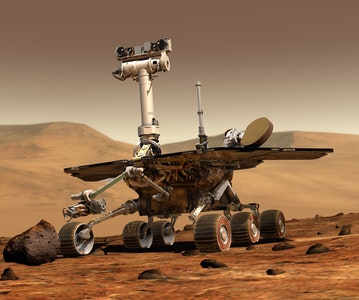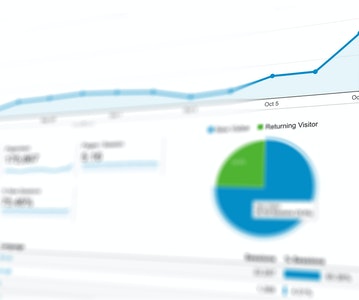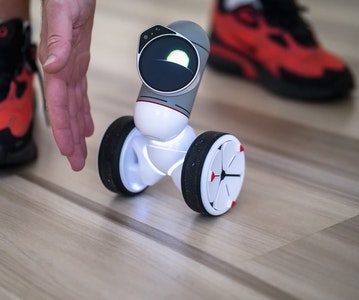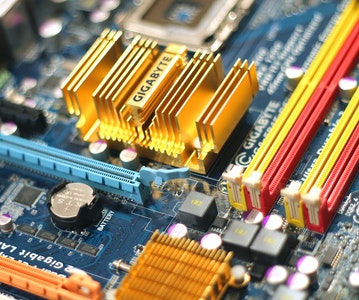This article is about Artificial Intelligence
A Simple Explanation of Artificial Neural Networks
By NIIT Editorial
Published on 12/12/2020
6 minutes
Computers excel at most of their functions versus humans but it would be counter-productive if they didn’t. Also, it would defeat the purpose to have them in the first place were they not as fast in processing data. Yet, singularity won’t be achieved until machines can act, not ostensibly but actually, independent of human assistance.
It is harder for machines to associate reason with their actions, and even if they do, to then convey that elaborately. Imagination and consciousness are the two things still keeping machines taking orders from humans i.e until data scientists blur the smokescreen between reality and science fiction. Artificial Neural Networks (ANN) could be a solution. But since many people lack a basic understanding of what they really are, let alone their prominence for AI, we thought it would be a good idea to share an explainer for readers.
What is an Artificial Neural Network?
An ANN is a system of connected computers whose objective is to replicate the fabric of neurons in the bran. A human brain is capable of perception thanks to biological neurons that absorb multi-sensory information from the outside world, change it to electrical signals capable of travelling through our nervous system, and transmit the same to the brain for our understanding.
How Do Artificial Neural Networks Work?
An Artificial Neural Network uses high-level mathematical processing to understand external inputs. Computational layers could include millions of artificial neurons stacked one above the other. They are called to action when the input layer receives a signal from the outside world. This is usually the data, that the network is being trained to process. From thereon, this signal is shared with deeper, hidden layers that change the signal to a format that the code can make sense of.
Artificial Neural Networks are connected end-to-end. As the math goes, the more artificial neurons they have in the system the better. The ANN learns more about the input as the data continues to flow through each layer. The final part of the network is the output layer which eventually conveys the processed data.
When work first began in the 1950s, scientists started by understanding the workings of our nervous system vis-a-vis the brain. They discovered that the brain is compartmentalized into portions, that are responsible for very specific activities. further, these portions are ordered as per a hierarchy. Artificial Neural Networks aim to replicate this hierarchy.
How Do Artificial Neural Networks Learn?
ANNs need a huge amount of data to device a conclusion. The model that is being trained is therefore fed millions of bytes of data. For instance, if you want to train a model to differentiate a cat from a dog, feed the training set thousands and millions of dog/cat images. To be clear, data could be multi-format (audio, video etc) depending upon the capabilities you want your ANN to have.
Once the artificial neural network undergoes enough training, it will begin differing between the two. In the meantime, when it comes across a new variation in the feature set, the ANN backpropagates and adds the same to its memory. This part of self-learning is called deep learning.
Applications of Artificial Neural Network
The networks can be used to categorise information, as the ANN model learns to club data based on mutual characteristics. Based on this clubbing, it can make predictions on what the output is going to be. Google Photos uses ANN to cluster the images. Similarly, YouTube uses ANN for its video recommendation model that forms the personal feed for each user. Facebook relies on ANN for facial recognition that is known to offer results with a 97% accuracy rate. Last but not the least, skype uses Artificial Neural Networks to translate language inputs in real-time.
Go Deep into Data Science
AI is a thriving cosmos within the wider data science universe. Research interest is at an all time high with advances in machine learning and deep learning which empower computers to govern themselves. As IT analysts pace their search for a transitioning phase into a data science career, NIIT’s StackRoute division offers a set of future-ready programs to fuel interest in the field.
The following certifications, some of which are job-assured, have a curriculum that is carefully customized for beginner and advanced level learners:
- Advanced Post Graduate Program in Data Science and Machine Learning (Full Time)
- Advanced Post Graduate Program in Data Science and Machine Learning (Part time)
- Data Science Foundation Program (Full Time)
- Data Science Foundation Program (Part Time)
Make the most of this opportunity to earn your spot as a data scientist at a leading organization.
Apply now!
Advanced PGP in Data Science and Machine Learning (Full Time)
Become an industry-ready StackRoute Certified Data Science professional through immersive learning of Data Analysis and Visualization, ML models, Forecasting & Predicting Models, NLP, Deep Learning and more with this Job-Assured Program with a minimum CTC of ₹5LPA*.
Job Assured Program*
Practitioner Designed





